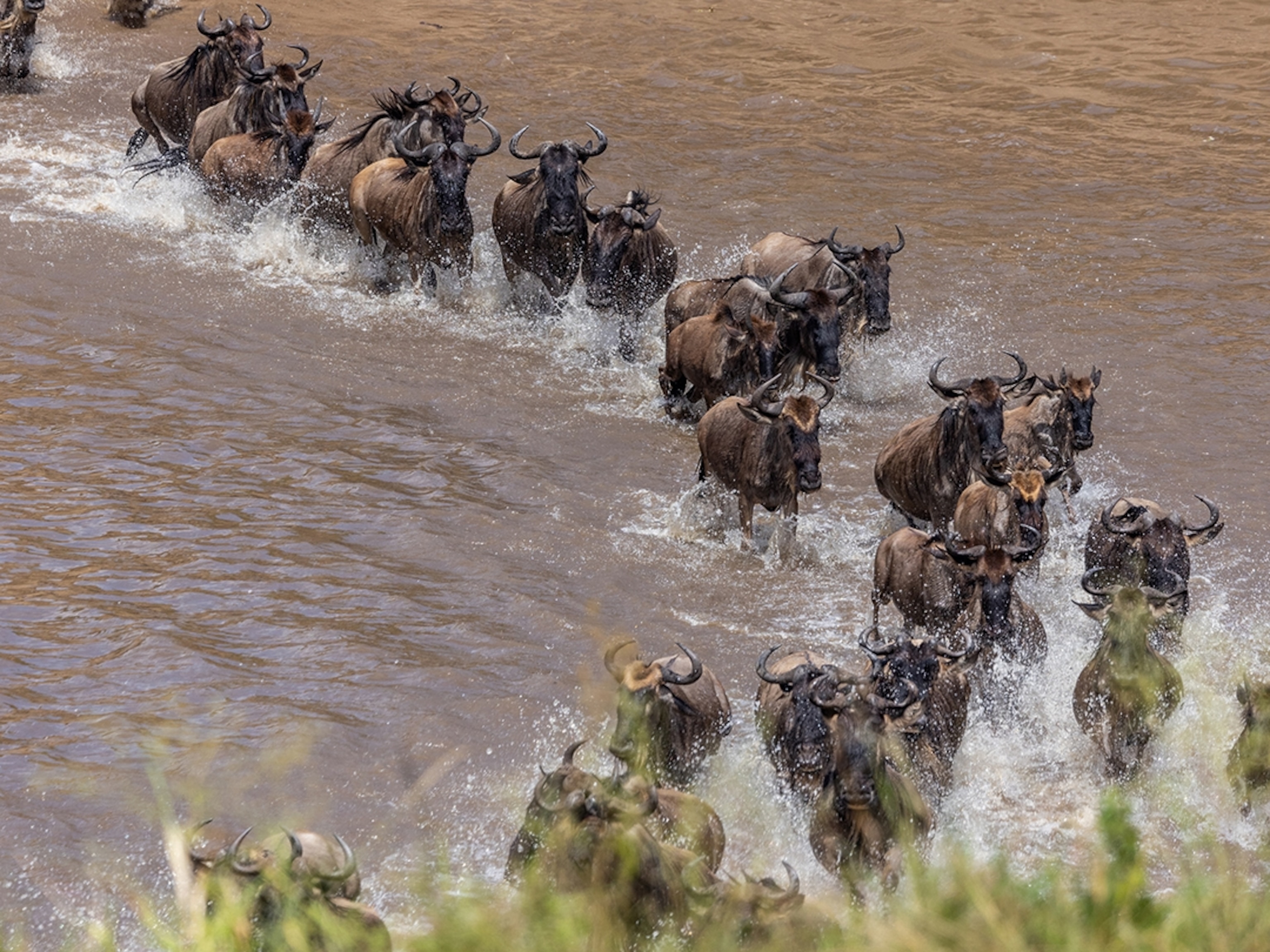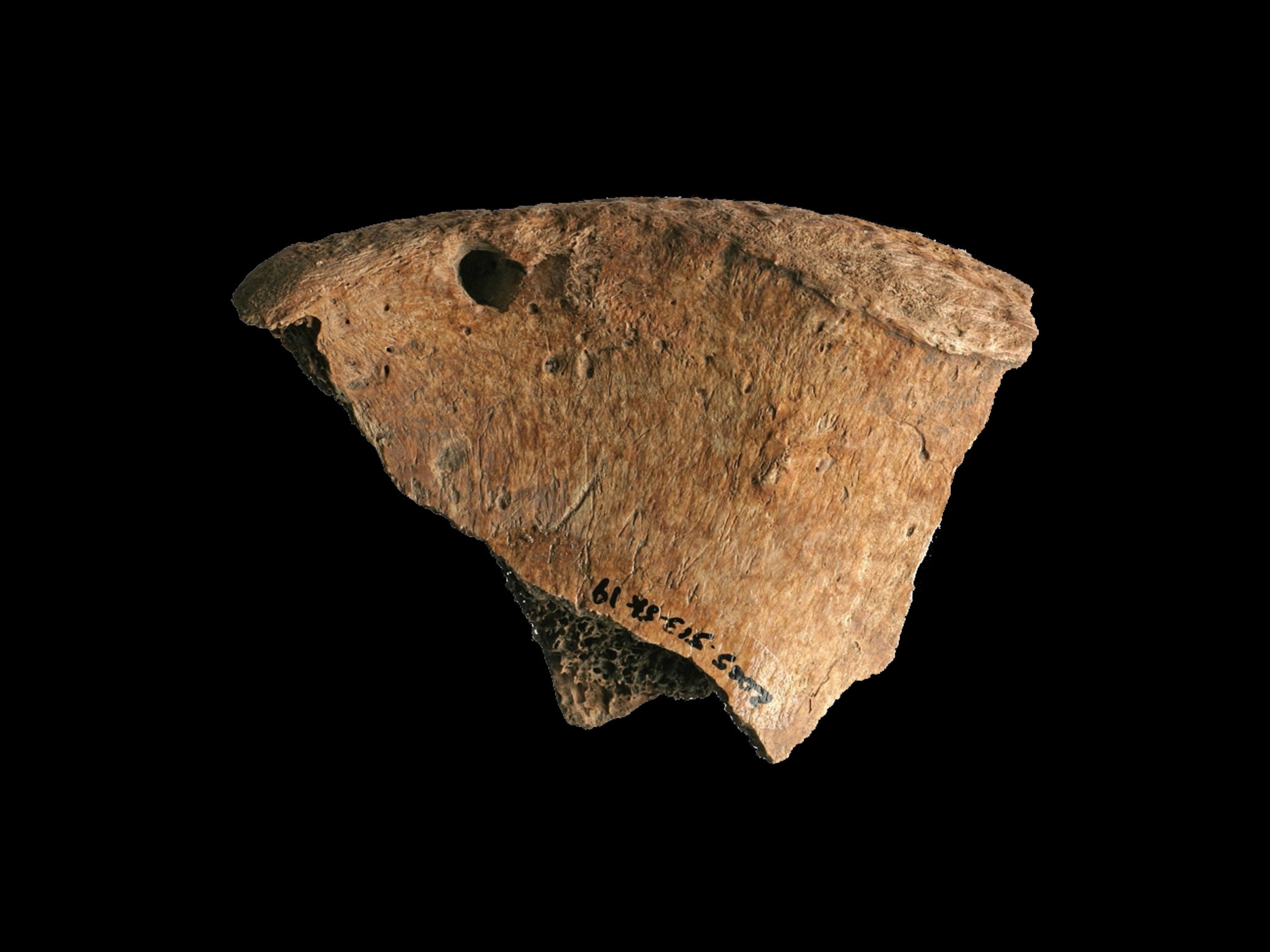Lions Sync When They Ovulate—But People Don't
The African big cats give birth around the same time so that they can take care of each other's cubs.
While researching lions in Zambia, biologist Thandiwe Mweetwa noticed that lionesses within a pride will all have cubs around the same time.
When she looked into it further, Mweetwa learned lionesses sync their fertility cycles so that they can all raise their young together.
There's a reason for that. “Synchronized estrus is thought to increase reproductive success in the pride,” says Mweetwa, a National Geographic emerging explorer and Big Cats Initiative grantee. Having cubs at the same time means that mother lions can rely on each other to nurse, babysit, and protect the youngsters. (See "12 Amazing Pictures of Lions.")
This safety in numbers also allows more lions to survive to adulthood. Predation is a great threat to small, vulnerable babies in any species, but if all babies are born at the same time, there are only so many that predators can eat.
If young are born at different times throughout the year, predators could use them as a steady source of food.
Even so, many still die: More than half of all African lion cubs don’t make it past their first year. They're at risk from predation, disease, abandonment, starvation, and being killed by an outside male.
When male lions strike out on their own, they will challenge another male for control of his harem. If the interloper succeeds, he'll kill all the cubs, which brings the females into estrus, or heat, again. (See "Why Do Animals Sometimes Kill Their Babies?")
Timing Is Everything
Though many other animals come into heat at the same time, fewer species go into heat when their young die. Instead, most go into heat seasonally, including most wild species of hooved mammals, which only give birth in the spring. Male deer testosterone peaks in fall, during the “rut,” when they will compete for and mate with females. Does are pregnant during the winter and give birth around May and June, when warmer weather helps fawns survive.
If lions had periods, lionesses within a pride might get them at roughly the same time. But lions don't menstruate: The only mammals that menstruate overtly the way that humans do are some other primates and a few species of bats and rodents.
A persistent myth is that people living in close proximity—such as several women sharing a dorm in college—synchronize their estrus cycles, which is evidenced by having periods around the same time. This idea, which caught on due to research by psychologist Martha McClintock in 1971, has been discredited in several studies since.
In 2006, Zhengwei Yang and Jeffrey C. Schank found the chance that a woman would share a cycle with someone living with her is about as likely as sharing it with anyone else. (Read "The Scientist Who Said Periods Weren’t a Big Deal.")
Because women have slightly different menstrual cycles, there is a good chance that, if two women spend enough time together, they will eventually match cycles.
“It’s just a mathematical property of irregular rhythms, and rhythms of different lengths,” says Schank. He adds that it’s human nature to notice when things match, but not to notice when they don’t match.
Since menstruation also wastes nutrients and can attract predators, with all the other problems that lion cubs face it’s lucky that at least lionesses don’t have periods.
Follow Kristin Hugo on Tumblr.




